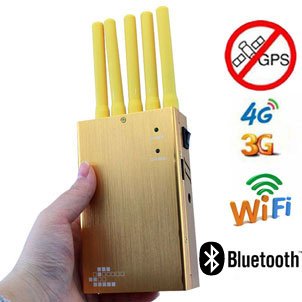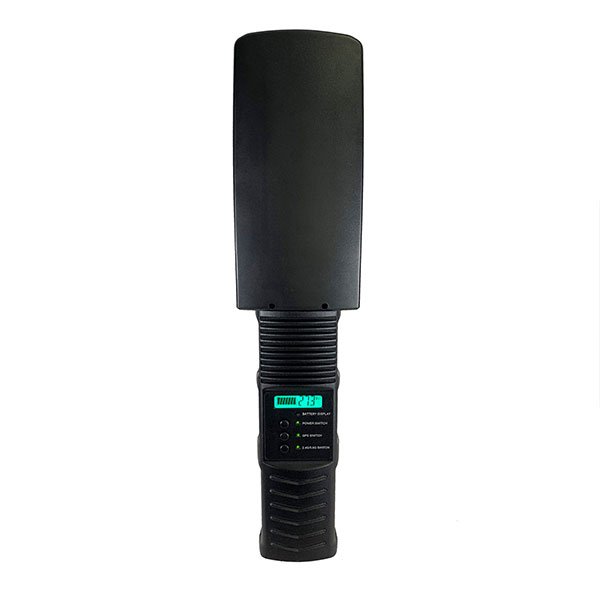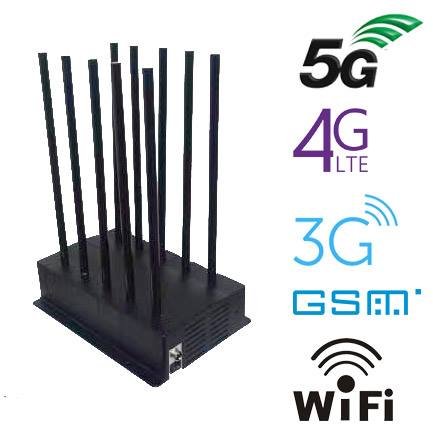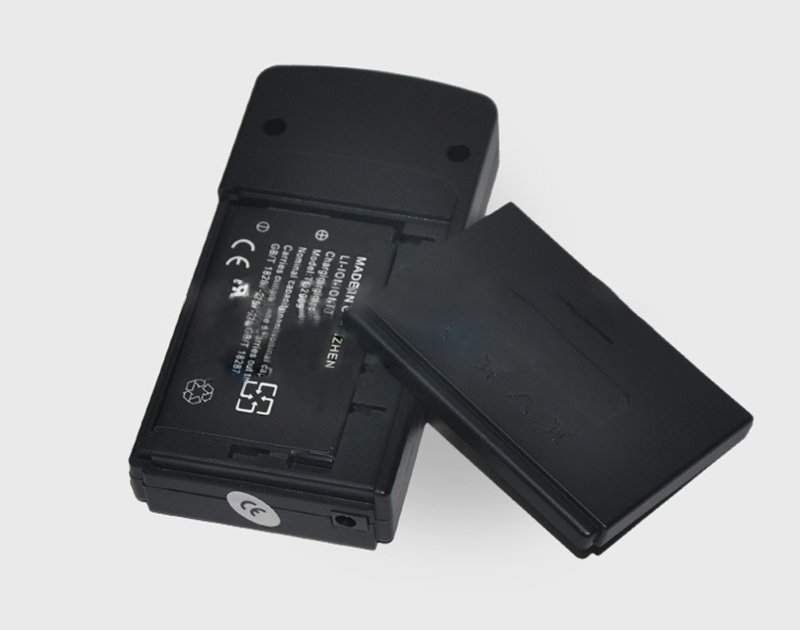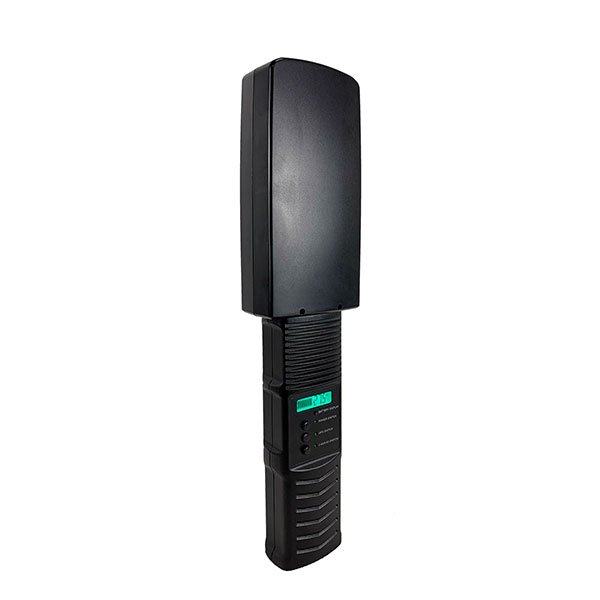In our daily lives, the use of cell phone signal jammers is becoming more and more common. However, many people are not clear about how to install these signal jammers. Some people think that just connecting the device to the power supply is enough, while others think that the frequency needs to be adjusted. It is difficult to draw a clear conclusion about the effectiveness of cell phone signal jammers. Today, let’s explore the principles of interference to gain a better understanding.
1.Adjacent channel interference:
Adjacent channel interference occurs when a signal from a frequency adjacent to the target signal frequency interferes with the intended transmission. This interference is caused by inadequate receiving filters, which causes adjacent frequency signals to leak into the transmission bandwidth. Accurate filtering and channel allocation can minimize adjacent channel interference.
2.Near-far effect:
The near-far effect occurs when a base station transmitting on an adjacent channel is very close to the user’s receiver. This problem becomes serious if the receiver is using the base station signal from the preset channel. The near-far effect causes interference and interruption.
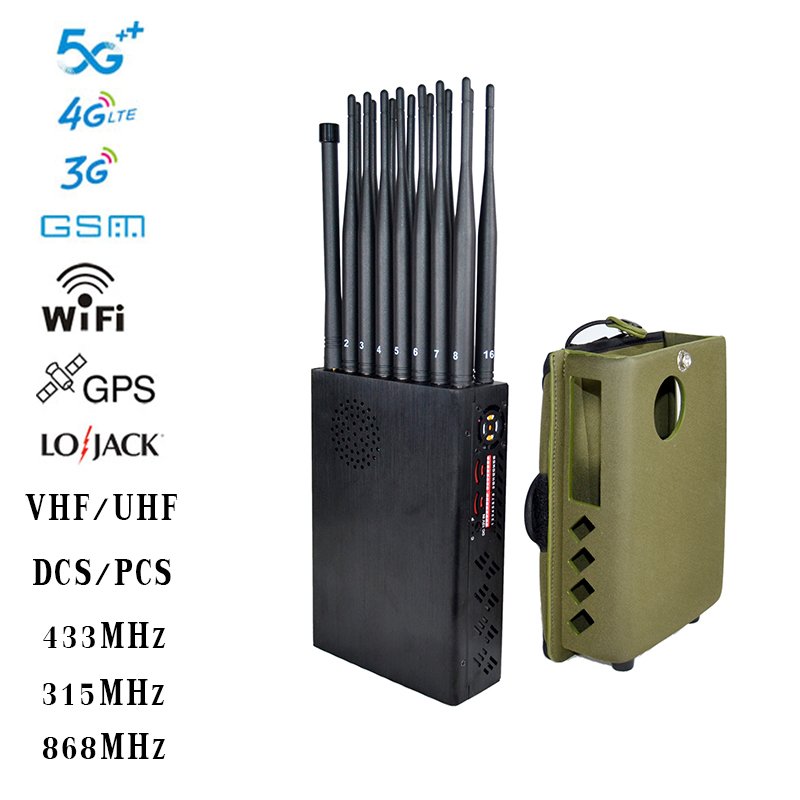
3.Intermodulation interference:
When two or more signals of different frequencies act on a nonlinear circuit, they modulate each other and produce new frequency signals as output. If these frequencies fall within the receiver’s operating channel bandwidth, they interfere with the receiver, resulting in intermodulation interference.
4.Blocking interference:
Each receiver has a specific receiving dynamic range. When out-of-band interference signals become strong enough and exceed the maximum power level allowed by the receiver’s dynamics, they completely block the receiver and affect the system’s receiving performance. This interference is called blocking interference or interference. Blocking prevents the receiver from working properly, and long-term blocking can cause permanent degradation of the receiver’s performance.
5.Spurious interference:
Due to the roll-off characteristics of the transmit filter, there will always be some out-of-band radiation, usually called transmit spurious. The interference caused by these transmit spurious is called spurious interference.
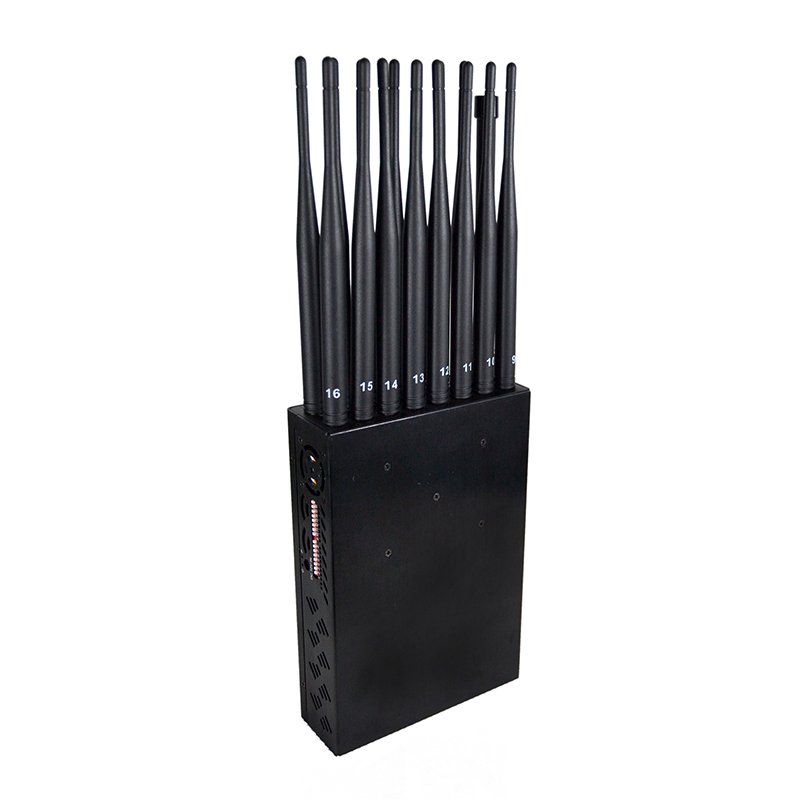
Interference between mobile communication systems:
- In-band interference:
In this type of interference, the CDMA transmit signal directly affects the GSM receiver in the form of in-band noise, either directly or through intermodulation. This causes the GSM receiver to desensitize. Transmitted spurious interference and intermodulation interference are subcategories of in-band interference.
- Out-of-band interference:
Strong out-of-band interference can completely block the receiver, affecting the receiving function of the GSM system. This type of interference is also called blocking interference.
Although cell phone signal blockers provide convenience to our lives, their signals are susceptible to interference. Therefore, it is still necessary to adjust the frequency of these blockers to ensure optimal function.

